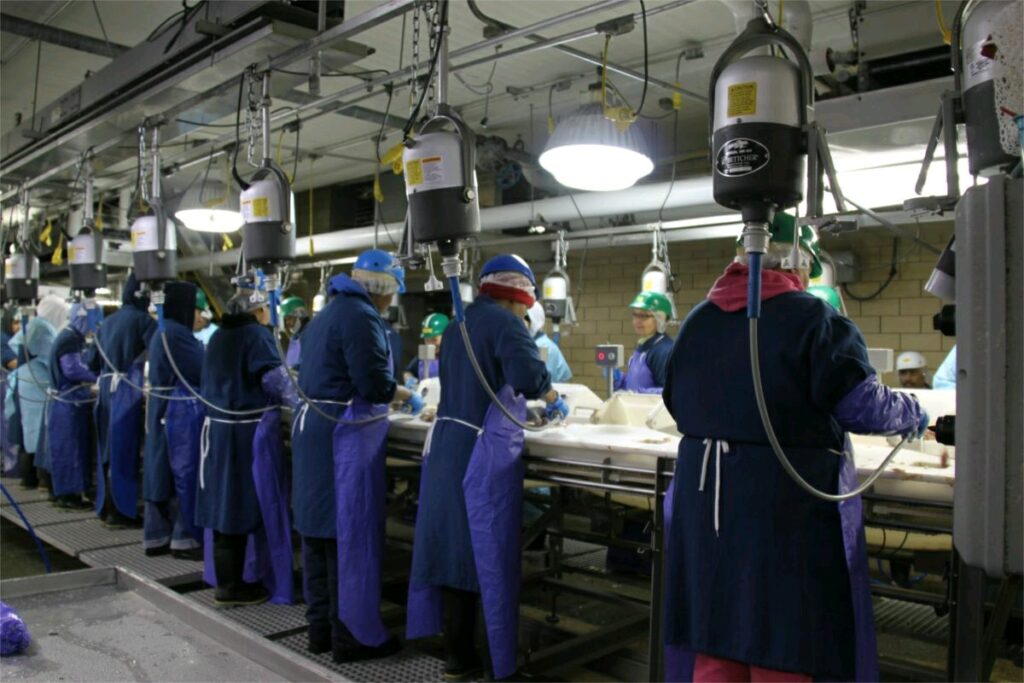
Humans have continually reinvented the chair, from the original “huchuang,” a folding stool used to mount horses, to today’s ergonomic designs. Over the centuries, the focus has been on making sitting more comfortable, and it has resulted in a multi-trillion-dollar industry. However, the real success of chairs lies in how they address postural sway, the constant balancing act your body performs while standing. When we stand, our bodies continuously make small adjustments to maintain balance. These small shifts lead to muscle tension, discomfort, and ultimately fatigue. Sitting naturally reduces postural sway and provides relief. But, as we all know, sitting also contributes to a host of other health issues, including heart disease, diabetes, and musculoskeletal disorders.
For standing workers, this presents a dilemma: awkward posture while standing leads to discomfort and injury, but sitting isn’t a solution either. Over the years, solutions like foam mats have been marketed as a fix, but while they provide temporary relief, they don’t tackle the root issue. The problem lies in controlling postural sway, which is essential for relaxing the body and unlocking the hips. The key is finding a way to stand comfortably without relying on sitting.
When we stand, we instinctively shift our weight or lean against something to find stability. Whether it’s leaning into a counter while doing dishes or resting against a wall, these actions attempt to address the imbalance our bodies experience when standing. While this reduces discomfort, it doesn’t prevent the damage caused by poor posture over time.
Standing with locked hips is one of the most common posture mistakes, and it places tremendous strain on the lower back. The added pressure leads to pain, discomfort, and musculoskeletal injuries. Unfortunately, many common solutions like foam mats only offer temporary relief, leaving the root issue unaddressed: postural sway and locked hips.
This is where the StandRite-Pro changes the game. Unlike traditional standing solutions, the StandRite-Pro doesn’t just provide temporary relief. It controls postural sway, allowing your body to naturally relax and unlock the hips. The patented design supports natural body movement, reducing strain and promoting better balance.
By using the StandRite-Pro, you experience better circulation, build strong core muscles, reduce strain on the spine, and prevent musculoskeletal injuries. Our device encourages you to maintain a dynamic, healthy posture. Plus, it helps build muscle memory for healthier standing habits, reducing the risk of developing musculoskeletal disorders.
With the StandRite-Pro, standing no longer has to be uncomfortable or harmful. It offers true comfort and support, addressing the root cause of standing fatigue. Whether you work in retail, healthcare, or any other industry that requires standing, the StandRite-Pro helps you stand strong with less pain and more energy.


Comments are closed